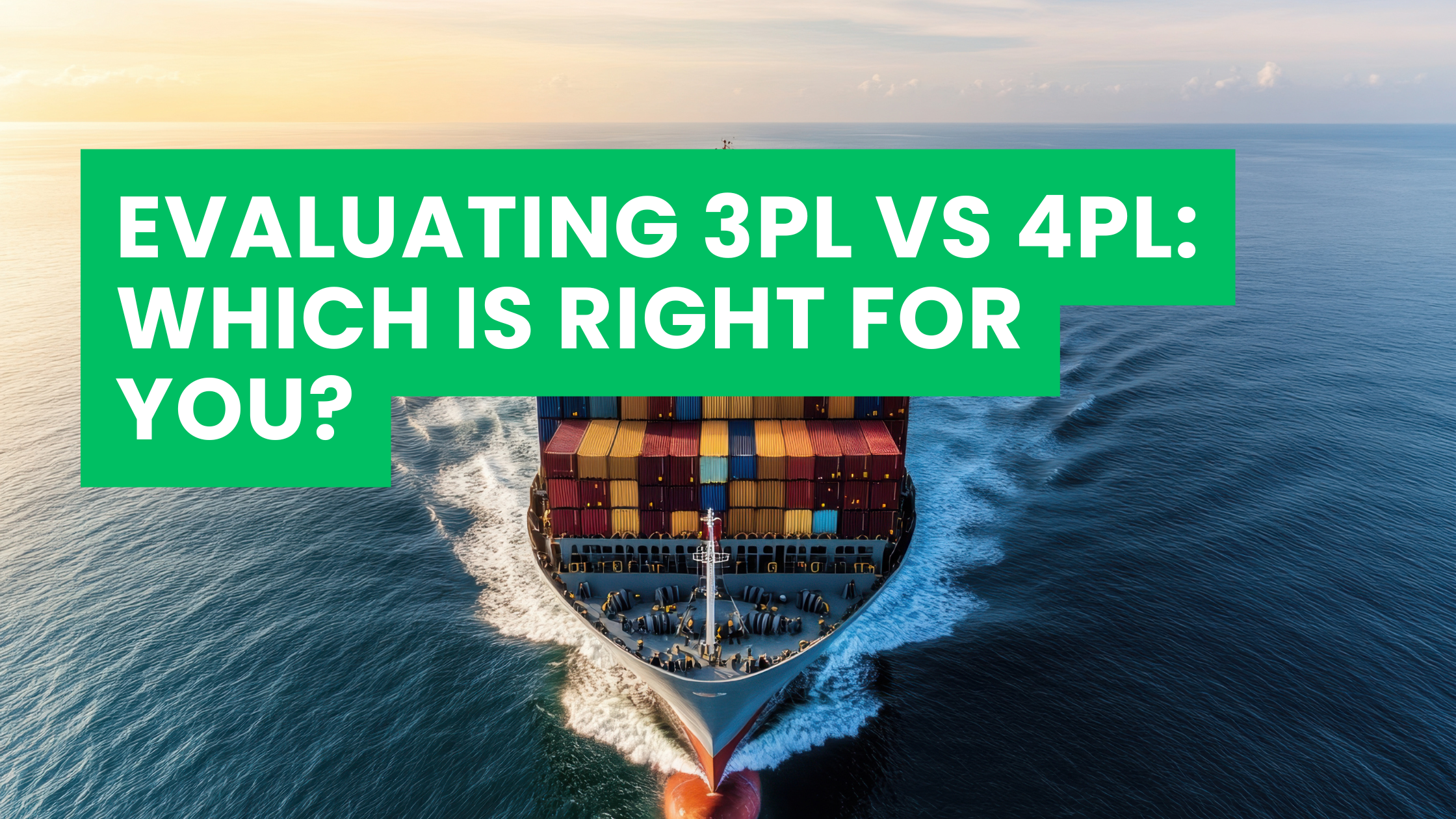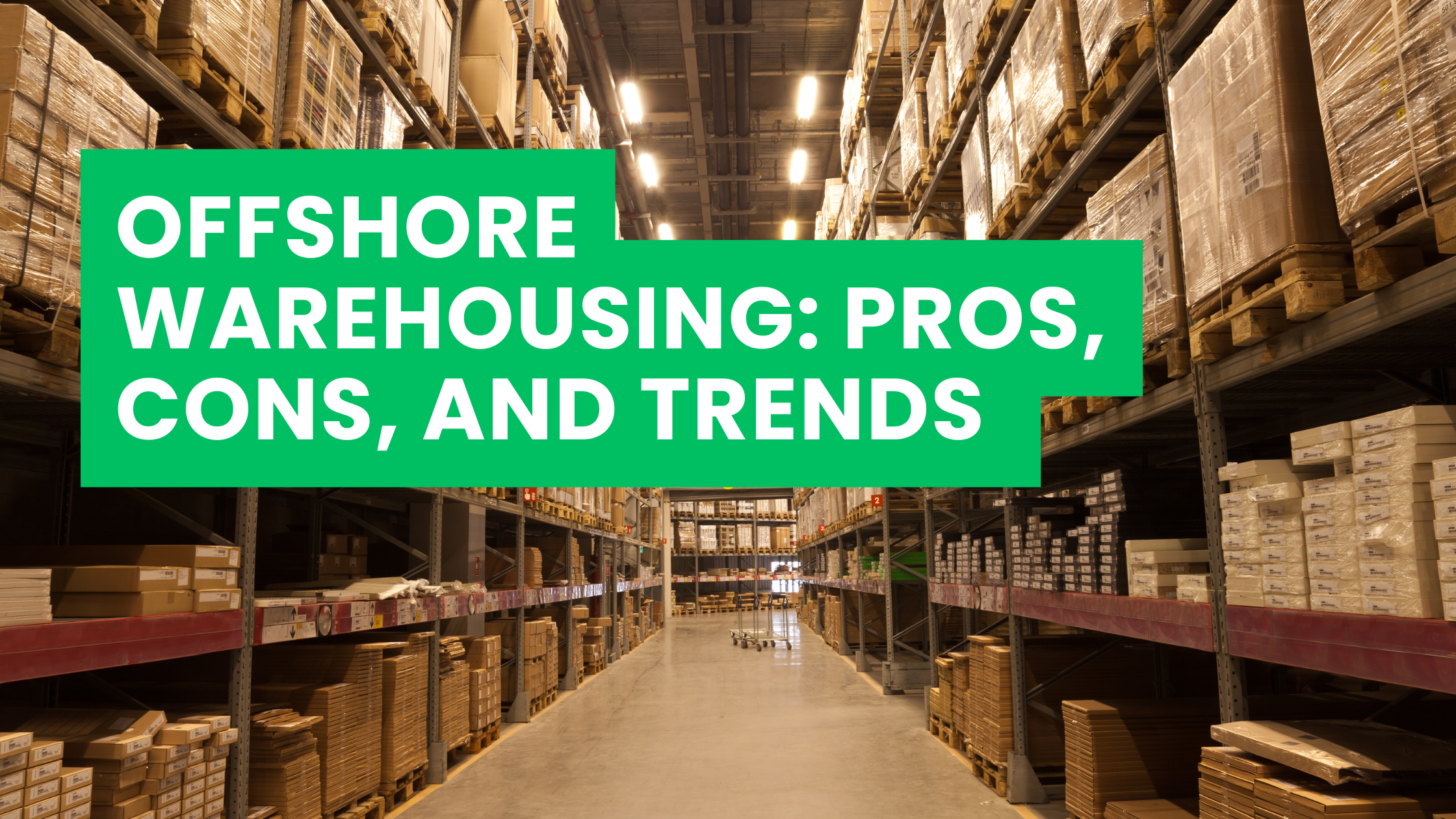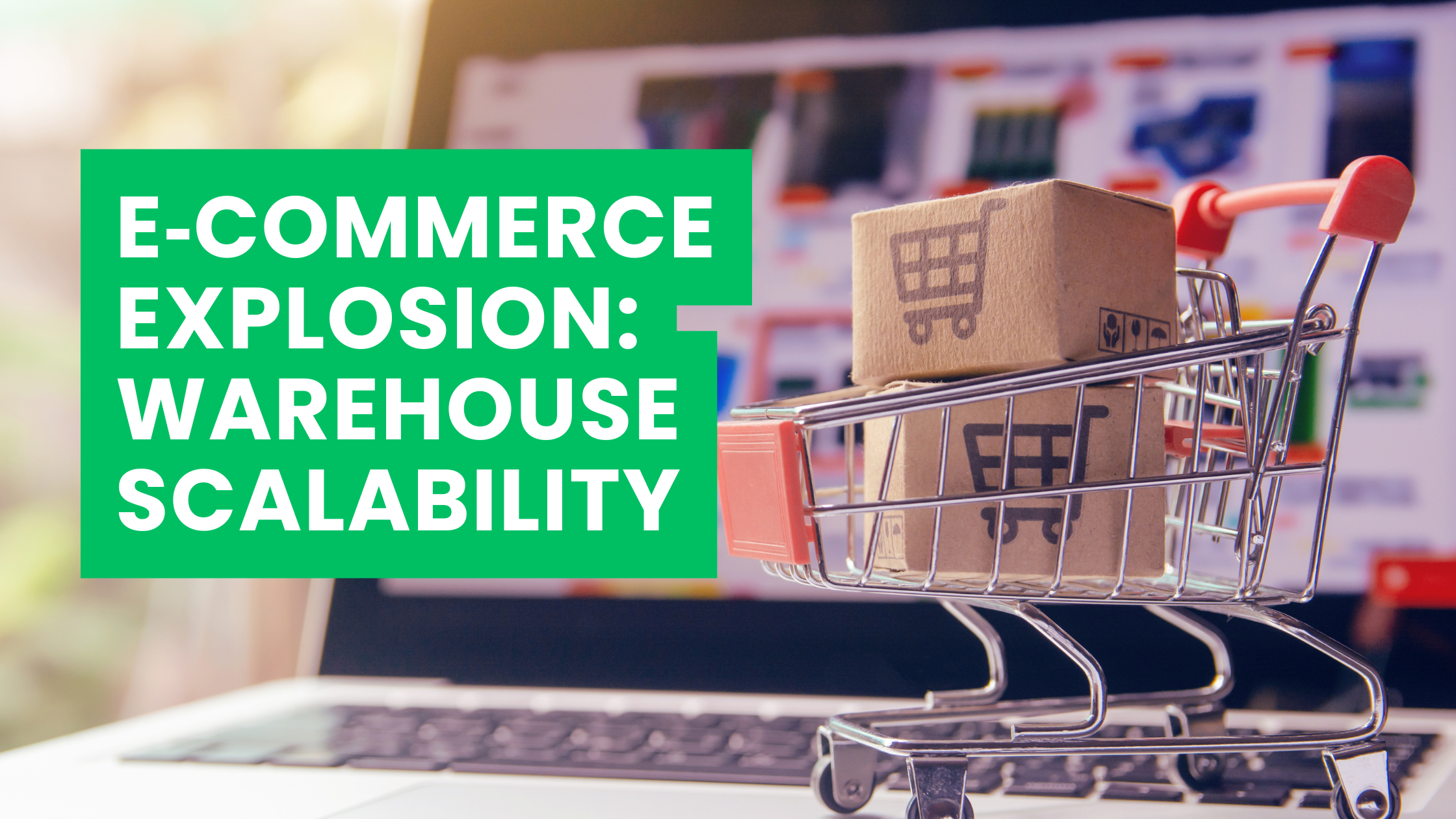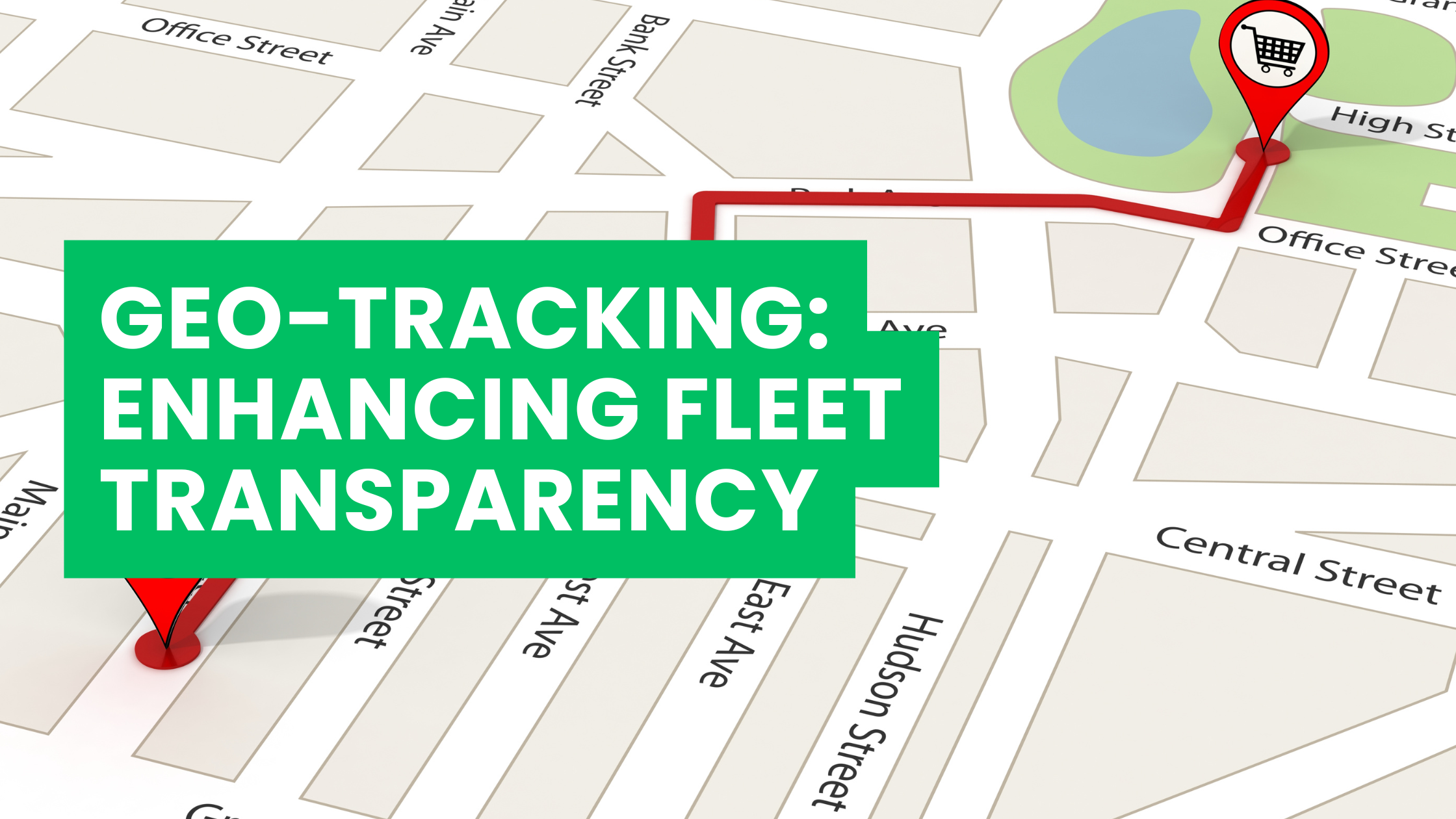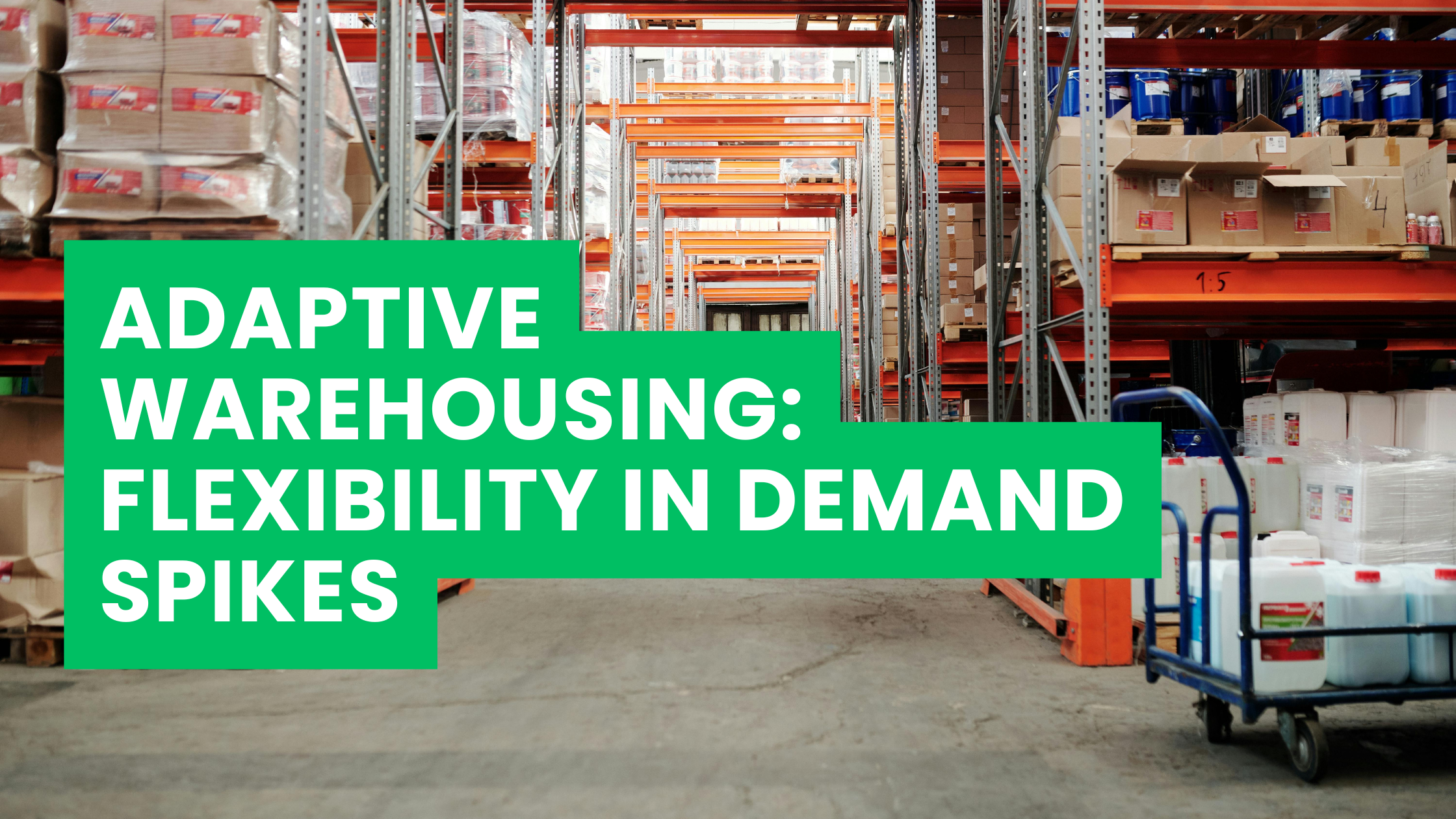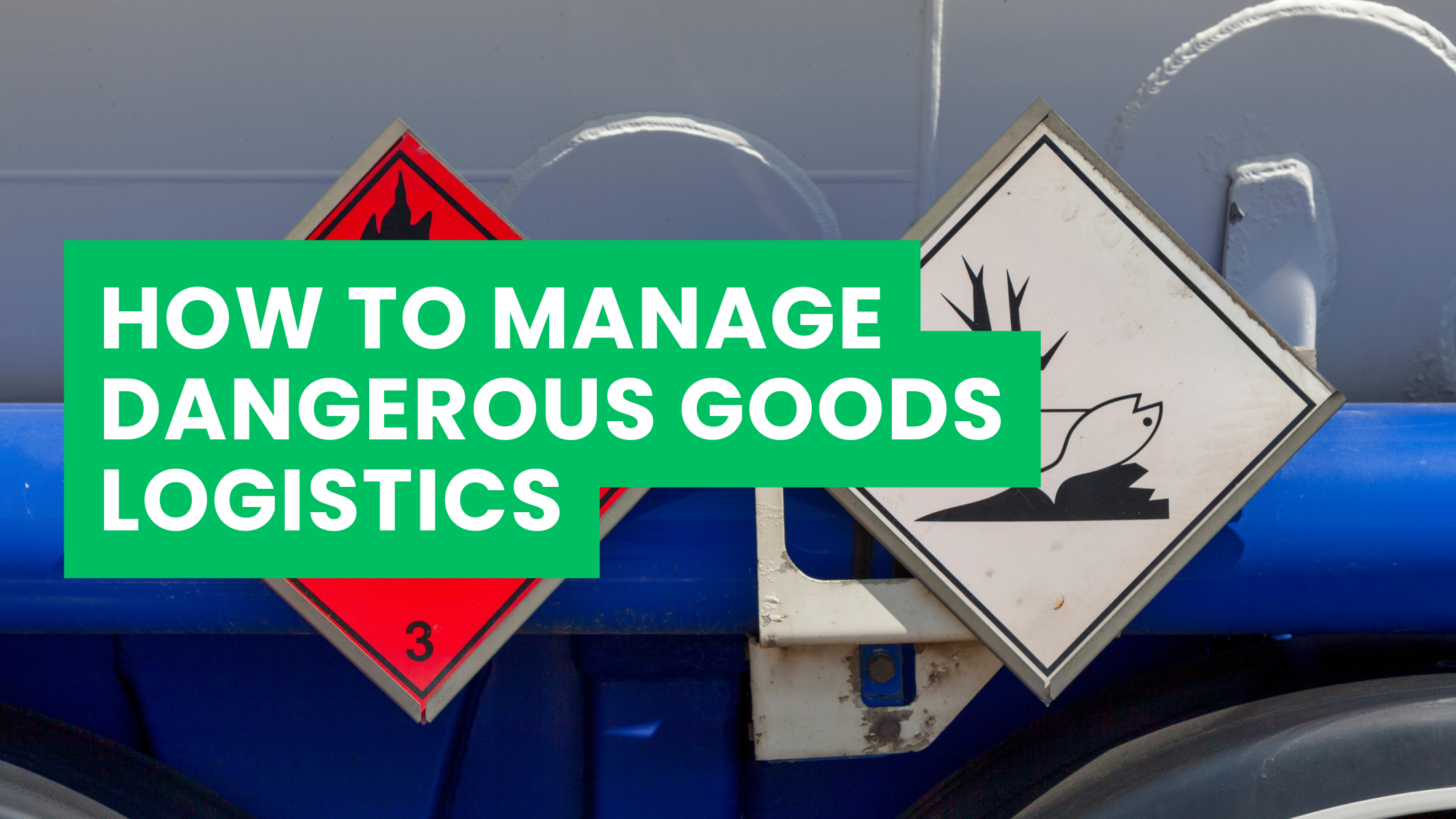Choosing between 3PL and 4PL can define your supply chain success. Learn how ASL IOR bridges logistics and compliance to help global businesses achieve speed, control, and cost-efficiency.
Understanding the Logistics Landscape in 2025
The global logistics industry in 2025 is more complex than ever. Supply chains now stretch across continents, spanning dozens of regulatory jurisdictions, with real-time data flows and automation reshaping every step.
Businesses are under growing pressure to deliver faster, cheaper, and with complete visibility — yet the risks have never been higher. From geopolitical instability to fluctuating trade policies, logistics management has evolved from a back-end function into a strategic pillar of competitive advantage.
As companies expand globally, many face a fundamental decision: Should we rely on a Third-Party Logistics (3PL) provider, or step up to a Fourth-Party Logistics (4PL) model?
The answer depends on your operational maturity, risk appetite, and how much control you want over your supply chain.
What Is a 3PL (Third-Party Logistics) Provider?
A 3PL is a logistics partner that handles a company’s transportation, warehousing, and distribution operations. These providers specialize in physical execution — moving goods efficiently and reliably.
Key Features and Capabilities of 3PLs
- Freight forwarding and carrier management
- Customs brokerage and documentation
- Warehousing, fulfillment, and distribution
- Inventory and order management
- Returns management (reverse logistics)
3PLs act as an extension of your logistics team, focusing on operational excellence rather than strategic orchestration.
Pros and Cons of Using a 3PL
| Pros | Cons |
|---|---|
| Cost savings from logistics outsourcing | Limited visibility over end-to-end supply chain |
| Flexible capacity and scalability | Limited control over strategy and execution |
| Access to logistics expertise | Integration complexity with multiple partners |
| Reduced operational burden | Fragmented data and slower problem resolution |
A 3PL is ideal for companies that need execution partners — not full supply chain orchestration.
What Is a 4PL (Fourth-Party Logistics) Provider?
A 4PL takes logistics outsourcing a step further. Rather than simply executing, a 4PL manages and optimizes your entire supply chain ecosystem, including multiple 3PLs, technology providers, and carriers.
How 4PLs Differ from 3PLs
- 3PLs manage operations (transportation, warehousing, fulfillment).
- 4PLs manage strategy (optimization, integration, analytics, governance).
The 4PL acts as your single point of contact, offering complete supply chain visibility, data-driven optimization, and end-to-end coordination.
Advantages and Disadvantages of 4PL Solutions
| Advantages | Disadvantages |
|---|---|
| End-to-end visibility and control | Higher setup cost |
| Strategic optimization and governance | Less direct control over individual partners |
| Improved scalability and risk mitigation | Complex onboarding and data integration |
| Enhanced performance tracking | May require long-term contractual commitments |
A 4PL is a natural evolution for companies managing global, multi-layered supply chains that demand agility, compliance, and visibility.
Comparing 3PL vs 4PL – The Core Differences
| Feature | 3PL | 4PL |
|---|---|---|
| Focus | Execution | Strategy & orchestration |
| Scope | Logistics operations | Full supply chain ecosystem |
| Ownership | Outsourced operations | Managed services model |
| Visibility | Partial | Full end-to-end |
| Technology Integration | Limited | Centralized platform |
| Control Level | Tactical | Strategic |
| Ideal for | SMBs and single-country ops | Global, complex supply chains |
Where ASL’s IOR Services Fit Into the 3PL/4PL Spectrum
ASL operates at the intersection of logistics and compliance — bridging the tactical and strategic advantages of both 3PL and 4PL models through its Importer of Record (IOR) services.
ASL as a Strategic 4PL Partner
ASL’s 4PL services go beyond freight movement. They deliver:
- Customs compliance management across 150+ countries
- End-to-end supply chain visibility through data integration
- Centralized governance and coordination between 3PLs and carriers
- Duty, tax, and regulatory management via IOR solutions
By combining logistics management with regulatory compliance, ASL functions as a 4PL with compliance at its core.
IOR as the Bridge Between 3PL and 4PL Efficiency
Many 3PLs are experts in logistics, but struggle with international trade compliance.
That’s where ASL’s IOR solution transforms operations by:
- Acting as the legal importer, assuming all regulatory responsibility
- Fast-tracking customs clearance for time-sensitive shipments
- Providing priority handling to avoid demurrage and delay fees
- Maintaining compliance under global trade laws and product certifications
The result: You get the efficiency of a 3PL with the strategic control of a 4PL — all under one roof.
Case Example – Transitioning from 3PL to 4PL with ASL’s IOR Support
Scenario:
A global tech firm relied on multiple 3PLs to manage shipments to 20+ countries. But inconsistent customs processes and regulatory delays caused downtime at local data centers.
Challenge:
- Different import laws in each country
- Limited tracking and poor compliance visibility
- Costly delays during customs clearance
Solution:
ASL implemented its 4PL orchestration layer and IOR services, becoming the single point of import compliance.
Outcome:
- Customs clearance time reduced by 60%
- Full visibility via ASL’s compliance dashboard
- Unified SLA across all 3PLs and geographies
This transition not only improved efficiency but also de-risked the client’s global expansion.
Key Factors to Consider Before Making the Switch
Before deciding between 3PL and 4PL, evaluate:
- Supply chain complexity — Are you managing multiple suppliers or geographies?
- Compliance exposure — Do you handle regulated goods or complex import laws?
- Technology readiness — Do you have visibility tools or depend on manual reporting?
- Budget and scalability — Can you invest in integration for long-term savings?
- Control and accountability — How much oversight do you want to retain?
ASL offers hybrid solutions, enabling you to scale from 3PL to 4PL seamlessly as your business grows.
When a Hybrid 3PL–4PL Model Makes Sense
Some companies combine the best of both worlds:
- 3PLs handle tactical logistics — shipments, warehousing, distribution.
- ASL as 4PL oversees compliance, strategy, and coordination.
This model works best for businesses that want to retain some operational control while enjoying the strategic visibility and compliance protection of a 4PL.
Common Myths About 3PL vs 4PL
- Myth: 4PLs are only for large corporations.
Reality: Mid-size exporters and e-commerce firms also benefit from 4PL coordination. - Myth: 3PLs can handle everything.
Reality: Most 3PLs focus on logistics execution, not end-to-end compliance or data integration. - Myth: 4PLs are expensive.
Reality: The ROI from reduced delays, better visibility, and fewer compliance penalties usually outweighs cost. - Myth: You lose control with 4PLs.
Reality: 4PLs enhance control by centralizing visibility and analytics. - Myth: IOR is only needed for imports.
Reality: IOR services streamline customs clearance, ensuring compliance for both import and export operations globally.
FAQs: 3PL vs 4PL in Global Logistics
Q1: What’s the main difference between 3PL and 4PL?
A 3PL executes logistics operations, while a 4PL manages and optimizes the entire supply chain.
Q2: How does ASL’s IOR fit into a 4PL model?
ASL acts as both orchestrator and compliance enabler — handling customs, duties, and documentation seamlessly.
Q3: Can I use both 3PL and 4PL providers together?
Yes. Many companies use ASL as their 4PL coordinator managing multiple 3PL partners globally.
Q4: Is switching from 3PL to 4PL difficult?
With ASL’s phased implementation and IOR integration, transitions are smooth and low-risk.
Q5: Does 4PL make sense for small businesses?
Yes — especially for those expanding internationally without in-house compliance teams.
Q6: How can I measure the ROI of a 4PL approach?
Track lead time reduction, compliance cost savings, and customer satisfaction improvements.
Conclusion: Choosing the Right Logistics Model for a Smarter Future
In a world where supply chains define brand reliability, choosing between 3PL and 4PL isn’t just about cost — it’s about control, compliance, and confidence.
With ASL’s IOR-enabled 4PL solutions, you can simplify customs complexity, fast-track global shipments, and gain total visibility over your logistics ecosystem.
Whether you’re scaling globally or optimizing operations, ASL helps you move faster, smarter, and fully compliant — every time.
